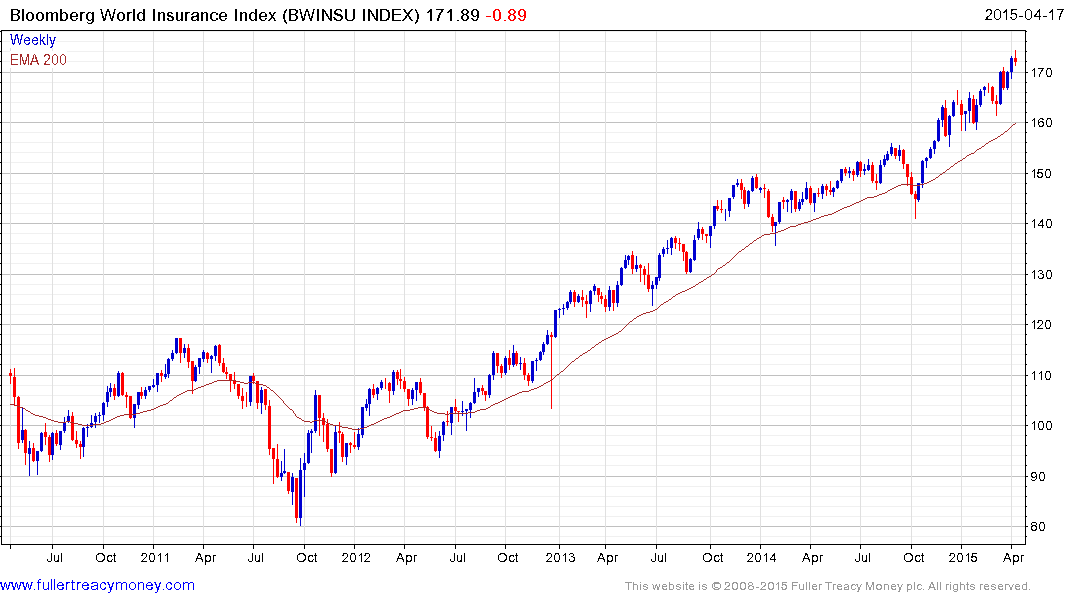Email of the day on the reality of bond market investing
This is David Einkorn’s presentation at the Grants Conference. I found it a very interesting analysis of the impact of low/negative interest rates on consumers and on banks. Especially in relation to new banking regulations.
P.S. Yours and David’s timely recommendation of HSI and HSCEI really paid off. Apart from that, many thanks for your continuously interesting and valuable analyses, which provide daily distance from turbulent markets.
Thank you for your kind words and this insightful presentation which is well worth taking the time to peruse. Here is a section:
I think the more interesting question is why do long‐term investors who bought sovereign bonds for the income continue to hold them at negative yields? Why not sell and capture all the future income and then some today? Why continue to take duration risk, liquidity risk and even credit risk without any compensation?
We think the answer lies in the new regulatory regimes that are shaping the behavior of large financial institutions today.
Post crisis, Basel III regulations for banks and Solvency II regulations for insurers were designed to improve their financial stability. However, it’s not clear that the designers contemplated negative bond yields.
Requiring financial institutions to hold bonds that are guaranteed to lose money destroys value and adds significant and underappreciated systemic risk.
And
So, the designers of Solvency II gave government bonds that reduce duration risk a lower capital charge than cash. The first column is the stand‐alone market risk charge for certain assets. The second column considers other factors including diversification and duration matching. Government debt actually has a negative capital charge. It appears that Solvency. II did not anticipate negative bond yields, as holding debt with locked in negative yields can’t possibly be safer than selling and holding cash. Under the new rules, selling the bonds to hold cash would create a capital charge. That is like using bubble wrap filled with a corrosive to help protect a package.

One of the topics we cover in The Chart Seminar is commonality not least because some of our best calls come from recognising similar patterns across a sector internationally. This is particularly true today in the insurance sector. The above snippet highlights how insurance companies are benefitting from the momentum evident in the government bond sector. The problem that may arise is that they will be sensitive to an increase in bond yields since they will pay a premium for holding cash under the current regulatory environment.


